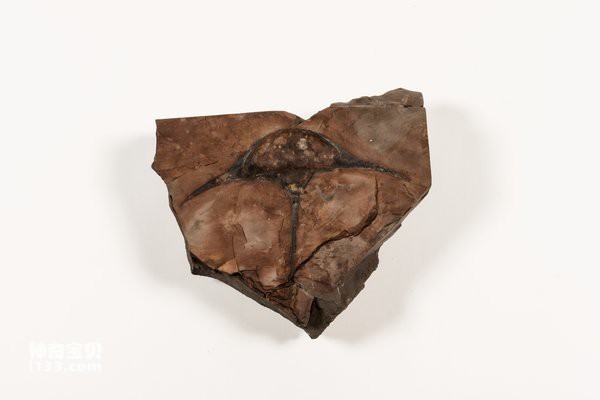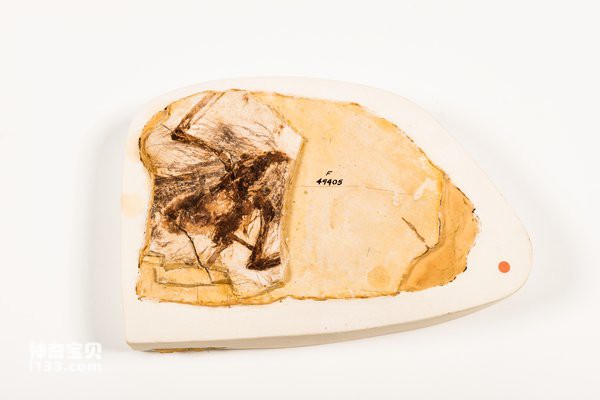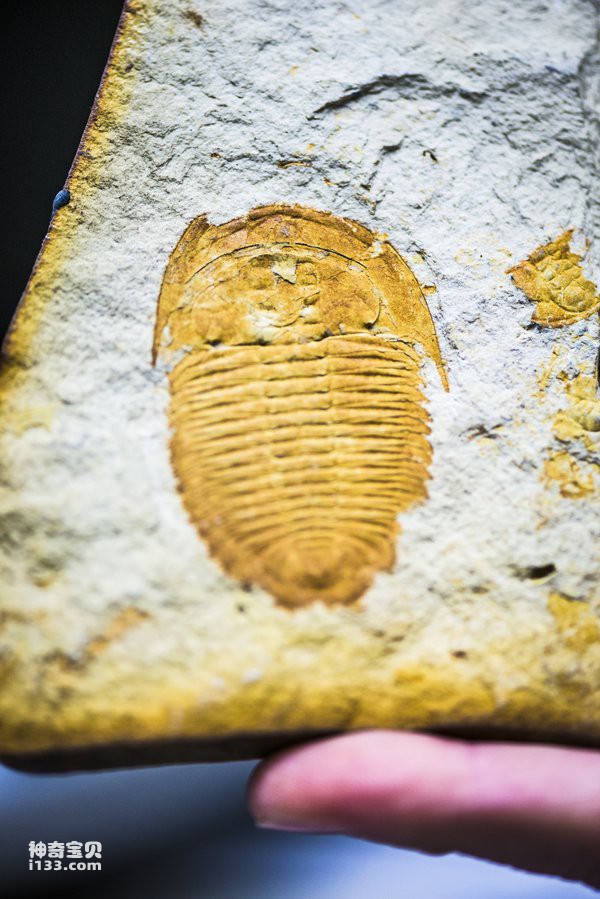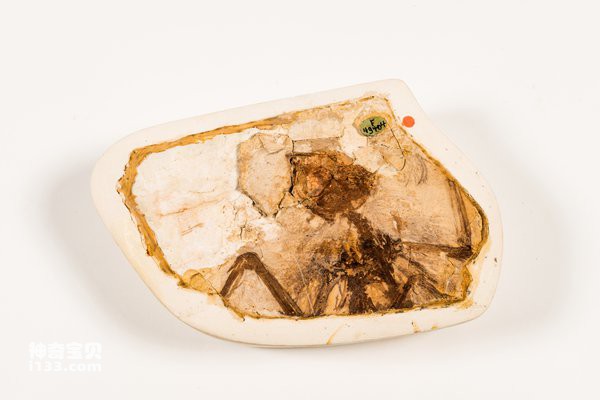The word "fossil" comes from the Latin fossus, meaning "to dig up." This refers to the fact that fossils are remnants of past life preserved in rock, soil, or amber. Generally speaking, the remains are the hard parts of what was once an organism, such as bones and shells, but in special cases soft tissues have also been fossilized. There are different types of fossils because remains can be preserved in a variety of ways.

Trace fossils are preserved evidence of an animal's activity or behavior, rather than the remains of the animal itself. Examples of trace fossils that have been discovered include:
Trilobite tracks
Marine invertebrate burrows
Ichthyosaur coprolite (fossil feces)
Animal and plant remains undergo various physical and chemical changes during the fossilization process. This results in fossils showing different types and degrees of organic preservation:
Minimal decay, only some loss of soft tissue
Save bones with minimal changes
Removes all organic matter except carbon, which remains in the rock as a thin film

These fossils form when the organic matter in the remains is gradually replaced by minerals, eventually turning the remains into "rock." Replacement types include:
Replace organic matter in bones with minerals
Use pyrite instead of shell
Replace shell with opal
Replacing wood with silica - petrified wood

Fossils may also form when remains are completely decomposed but leave traces in the sediment. The impression can be an external shape or an internal space (which may be filled with other minerals or sediments). Examples include internal impressions of trilobites or ammonites and external impressions of armored fish or tree bark.
When is a “fossil” not a fossil?
Some examples of natural geological formations that may be mistaken for fossils are nodules. These are rhythmic depositions of iron around a node/core, possibly organic, such as the roots of a tree. Dendrites are another structure similar to fossilized leaves, but with mineralogical origins.
Popular beliefs about what a fossil is and what it should look like are often far from reality. We often have an "it looks like something, therefore it is something" mentality and sometimes it can be difficult to convince someone that a specimen they value is not what it looks like and that it may not be of great value . However, many mineral formations are as interesting as fossils.

I found some bones. Are they fossils?
Bones dug out of the ground may not always be fossils.
Check the bones for minerals from their surroundings - bones will be relatively heavy if they are fossilized.
Look for calcium carbonate crusts – this indicates the specimen was buried in a calcium carbonate-rich environment in the groundwater. This is more likely to have occurred in the more distant past rather than the recent past, so this may indicate that the bone is a fossil.
Comparisons with bones from domestic and native animals may be helpful. Marsupials have unique premolars that are almost species-specific.

animal tags: fossil
We created this article in conjunction with AI technology, then made sure it was fact-checked and edited by a Animals Top editor.